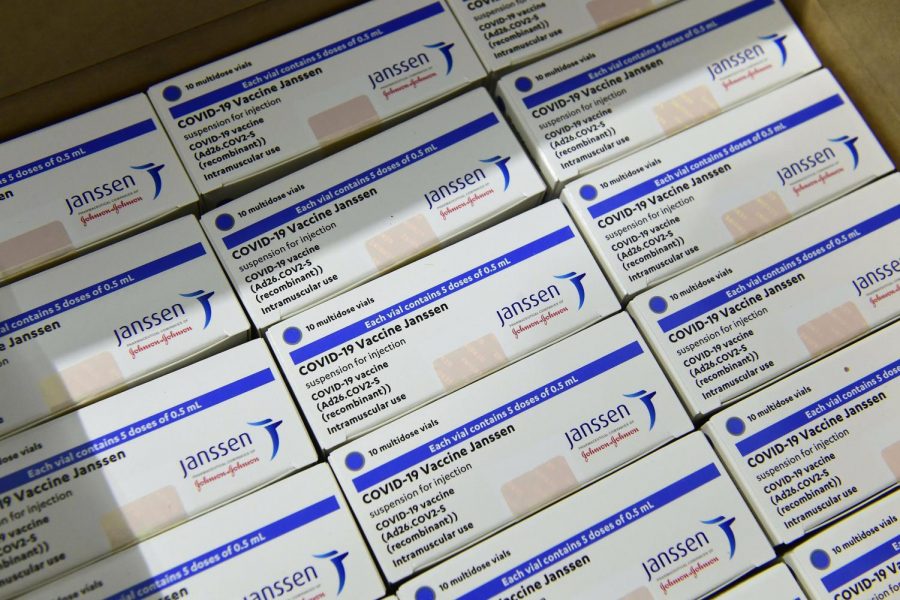Dr. Martin Guthold, professor at Wake Forest Department of Physics, spoke for the WFU Department of Physics weekly Colloquium series on Wednesday, Oct. 17, in Olin Hall. His talk, titled “The Mechanical and Structural Properties of Fibrin Fibers,” focused on his research on fibrin, the key fibers in blood clot formation.
Guthold began by enthusing over global advancements in health in the year 2017. “We usually only hear the bad news,” he confessed, “but the good is much more.”
He cited that since 1991, the death rate due to cancer has dropped by 25 percent, with breast cancer dropping by 39 percent. The World Health Organization announced a new vaccine to eliminate Cholera, as well as Zika entirely disappearing thanks to medical achievement.
Annual premature deaths due to the four largest killers — cardiovascular disease, cancer, diabetes, and chronic respiratory disease — since 2000 have declined by 10 percent, or fifty million lives. Guthold said, “Biomed and biophysics are improving lives on a massive scale — let’s keep it going.”
Today, the biggest killer in the world is something small in the body — a blood clot. Guthold cited that one third of all deaths globally are caused by blood clots, many of which are premature. Blood clots cause heart attacks and strokes, which are the main cause of death in cardiovascular disease, from coronary heart disease to deep vein thrombosis. Despite medical breakthroughs, the number one prevention, Guthold said, is lifestyle.
“I am not wagging my finger at you … that’s not my talk,” Guthold joked, insisting that he was going to talk about biophysics and not about motivating the audience to exercise.
Guthold then dove into his research, explaining that blood clots are necessary for survival. When we are cut, blood clots perform hemostasis, the act of stopping blood flow. The clot forms when fibrin fibers and platelets pile up in a mesh on the wound, blocking blood flow. When a blood clot forms inside a vein or artery, a condition called thrombosis, the blockage can cause heart attack or stroke.
Despite being the number one killers, blood clots and more specifically fibrin fibers are not well understood.
Guthold studies the mechanical properties of fibrin so that scientists and doctors can better model and treat blood clots. His lab uses an atomic force microscopic, referred to as an AFM, to probe the physical properties of fibrin. A single fibrin fiber is mounted across a microscopic gap, and the AFM cantilever — a tiny, bendable probe — stretches the fiber perpendicular to its length, measuring the amount of force exerted. A camera also captures visual images of the fiber as it is stretched.
Guthold reported that fibrin have similar elasticity to a rubber band. Additionally, the more the fiber is stretched, the tenser it becomes, like a muscle tensing up when suddenly overextended. When the AFM held the stretch static, Guthold found that the fiber actually began to relax. He also determined that internal structure of the fibers is more dense toward the center of the strand — a previously unknown fact.
Finally, Guthold talked about his findings on the relationship between fibrin mechanics and health. In a study performed in testing the elasticity of fibrin fibers from older individuals with cardiovascular disease and both young and old individuals without it, he discovered that individuals with a disease had more elastic fibring.
“It’s a correlation… we aren’t sure whether it is a cause of the disease or an effect,” he said. In either case, he says that the discovery could play a key part as a marker for diagnosing cardiovascular disease.







